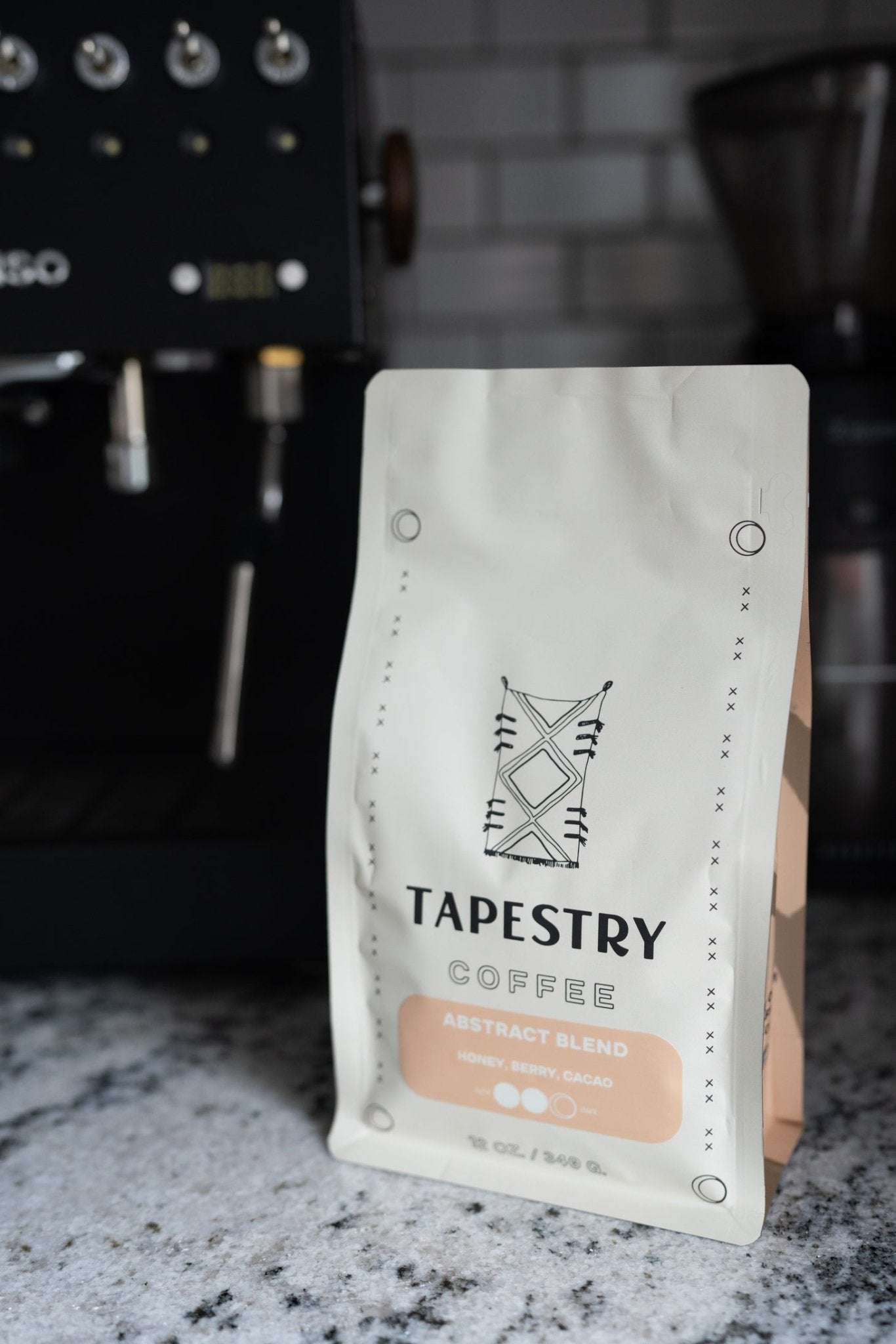If you're a coffee lover, you probably enjoy a cup of joe made with beans that have been roasted to perfection. But what does that process actually entail? Read on to find out how coffee roasting works and what it takes to create those perfect beans.
The first step in the coffee roasting process is sourcing the green coffee beans. This is usually done by working with importers or brokers who have relationships with farmers in coffee-producing countries. Once the desired beans have been sourced, they are then transported to the roastery.
At the roastery, the green coffee beans are loaded into a roaster where they are heated until they reach temperatures between 370-480 degrees Fahrenheit. The beans are constantly stirred during this process to ensure even roasting. Depending on the desired roast level, the beans will be roasted for a specific amount of time. For example, light roast coffees are typically roasted for shorter periods of time than dark roast coffees.
Once the desired roast level has been achieved, the beans are then quickly cooled to stop the roasting process. After cooling, the beans are sorted and graded before being packaged and shipped off to coffee shops and retailers. From there, they make their way into our cups!
The next time you take a sip of your favorite roasted coffee, remember all of the steps that went into creating those perfect beans. From sourcing and transport to roasting and cooling, there's a lot that goes into that delicious cup of coffee!

